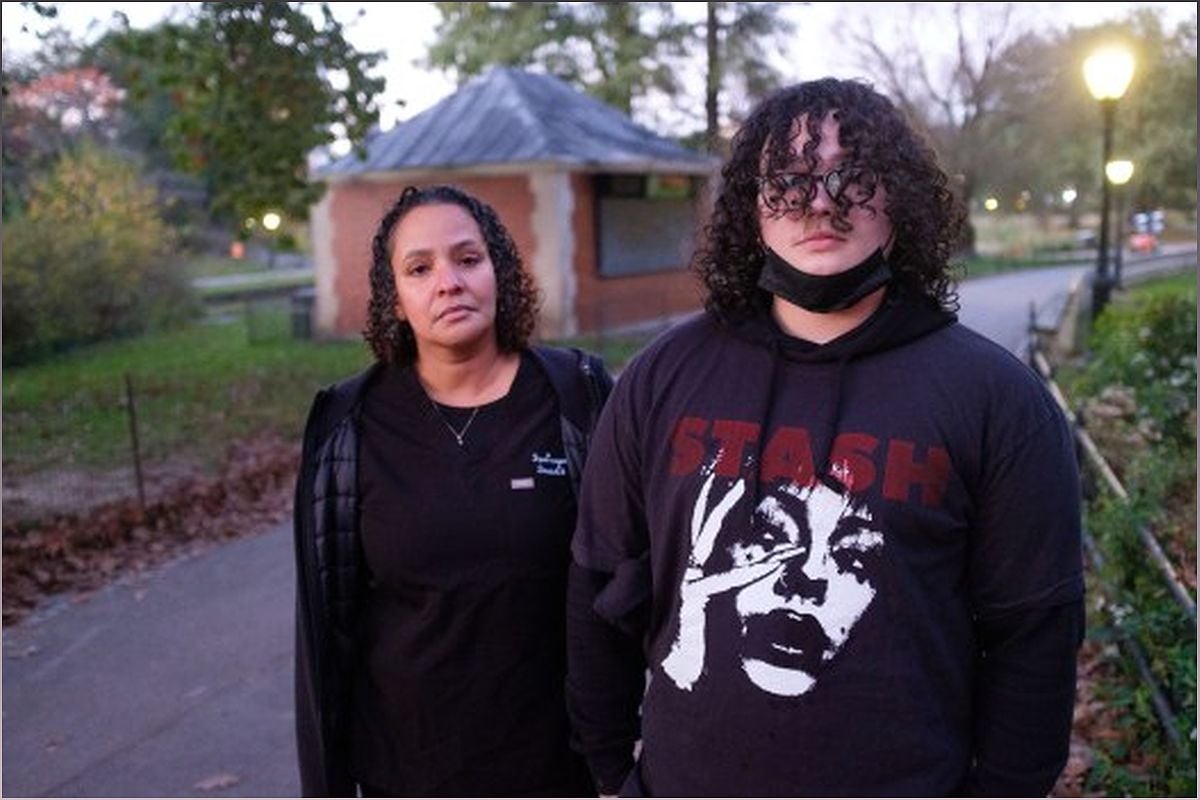The Impact of the Pandemic on New York City’s Public Schools
The pandemic had a profound impact on New York City’s public schools, leading to a slow and difficult reopening process. Hybrid classes, social distancing, masks, and testing were implemented to restore normalcy, but students struggled with the loss and disruptions caused by the pandemic. Many experienced social anxiety, decreased motivation, and negative effects on their mental well-being. Chronic absenteeism increased, and students fell behind academically. This article explores the challenges faced by students and the need for support during these unprecedented times.
Challenges Faced by New York City’s Public Schools
The pandemic brought about numerous challenges for New York City’s public schools, making the reopening process slow and difficult. Measures such as hybrid classes, social distancing, masks, and testing were implemented to restore some sense of normalcy. However, these measures presented their own set of obstacles.

One of the main challenges was adapting to the hybrid learning model, which required students to alternate between in-person and remote classes. This created a disruption in their routines and made it harder for them to adjust to a consistent learning environment.
Additionally, implementing social distancing measures and ensuring compliance among students was a constant challenge. It required schools to rearrange classrooms, limit the number of students per class, and enforce mask-wearing and hand hygiene protocols.
Overall, the challenges faced by New York City’s public schools during the pandemic were multifaceted, requiring careful planning and adaptability to ensure the safety and well-being of students and staff.
Impact on Students’ Mental Health and Well-being
The isolation and shutdown caused by the pandemic had a significant impact on students’ mental health and well-being. Many students experienced increased anxiety, depression, and a sense of disconnection from their peers and education.
The loss of social interactions and disruptions to their routines had negative effects on students’ social skills. They struggled to cope with the uncertainty and anxiety of returning to classrooms after a prolonged period of isolation.
Furthermore, the pandemic resulted in a decrease in students’ motivation to attend school. Many students lost their sense of purpose and struggled to find the drive to engage in their education.
Addressing the mental health and well-being of students became crucial during these challenging times, requiring additional support and resources to help them navigate the emotional toll of the pandemic.
Chronic Absenteeism and Academic Challenges
The pandemic led to a significant increase in chronic absenteeism among students in New York City’s public schools. The disruption to their routines, combined with the challenges of remote learning, resulted in many students falling behind academically.
With the shift to online classes, students faced difficulties in staying engaged and motivated. The lack of in-person interaction and support from teachers made it harder for them to keep up with their studies.
As a result, students struggled to meet academic expectations and experienced setbacks in their learning progress. The educational disparities among students were further exacerbated during this time.
Efforts to address chronic absenteeism and provide additional academic support became crucial in helping students catch up and bridge the learning gaps caused by the pandemic.
Personal Stories: Overcoming Challenges
Carlos Carrasquillo, a student who preferred staying at home, found it challenging to adapt to in-person classes after becoming accustomed to the comfort of his home environment. He also faced social anxiety due to the disruption caused by the pandemic.
Ariel De La Cruz struggled with the back-and-forth nature of hybrid schooling, leading to a decline in his attendance. He faced additional challenges at a new high school, including social anxiety and concerns about safety in his neighborhood.
Tashyra Hiraldo, who was pregnant during the pandemic, had concerns about returning to school due to COVID-19 and the judgment she might face. She faced housing instability and experienced depression, which affected her motivation to go outside and interact with others.
These personal stories highlight the unique challenges faced by students during the pandemic and their resilience in overcoming adversity.
The Need for Support and Resources
The pandemic has underscored the need for additional support and resources for students in New York City’s public schools. Addressing their mental health and well-being should be a priority, with access to counseling services and mental health resources.
Efforts should also be made to bridge the academic gaps caused by the disruptions in learning. Providing tutoring, after-school programs, and technology resources can help students catch up and succeed academically.
Collaboration between schools, families, and communities is essential in creating a supportive environment for students. By working together, we can ensure that students receive the necessary support to thrive during these challenging times.
